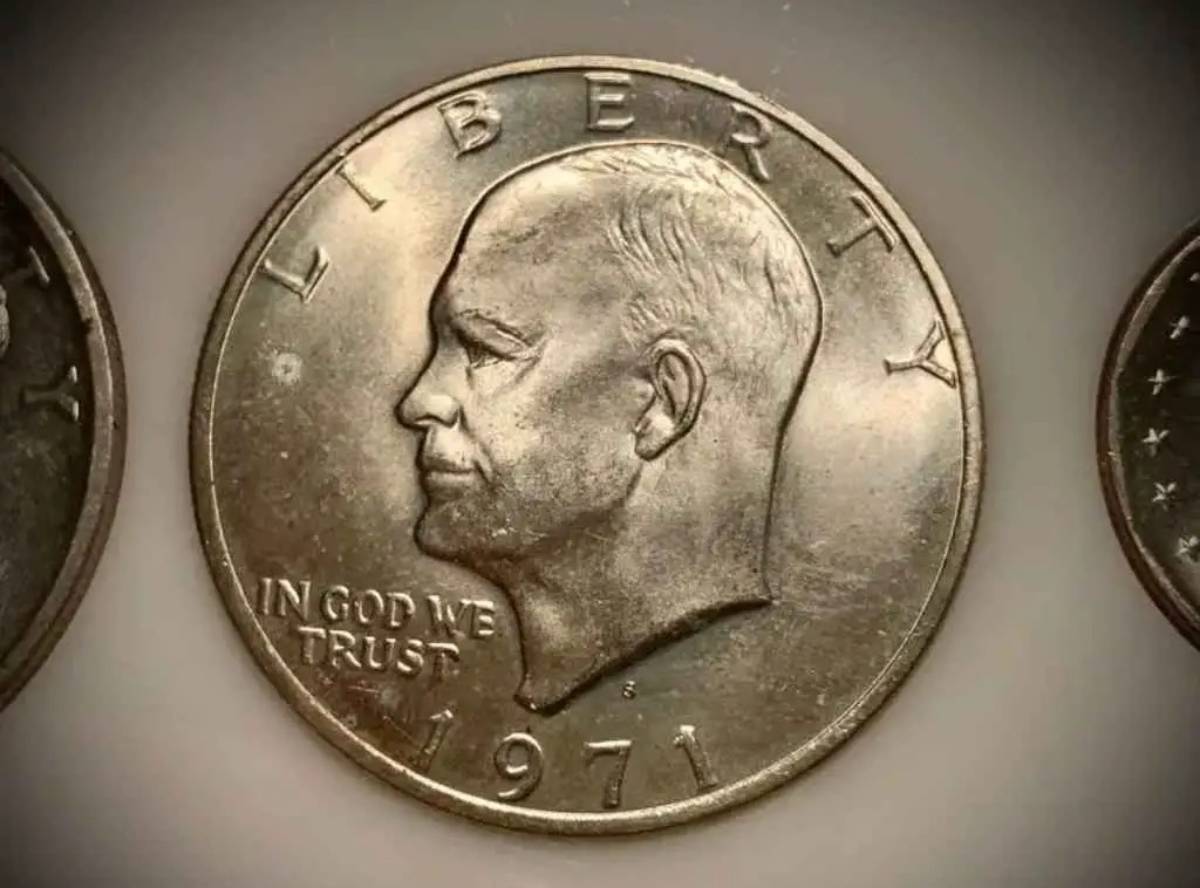The world of coins is full of collectors and students.
Some people primarily collect coins. Others focus on studying them. Still others do a bit of both.
So what’s the difference between being a coin collector and numismatist?
While the terms are often used interchangeably, there are definitive differences between being a coin collector and numismatist — and many people are both.
Let’s find out more about what it means to be a coin collector and a numismatist…
Being A Coin Collector
So, what is a coin collector?
A coin collector is somebody who gathers coins with the intention of completing sets of coins, based on their own goals and guidelines.
Most accumulate coins with a specific date, mintmark, denomination, or nation of origin with the goal of eventually completing entire sets of similar coins.
Although some coin collectors simply keep random coins that are meaningful to them personally — without much regard to the above specifics or the completion of sets.
What Is A Numismatist?
A numismatist is a person who studies coins and money. Numismatists approach the world of money more from a historic, social, or artistic sense.
Numismatists tend to spend many hours every week (or even every day) researching whatever they can about coins and money:
- Many focus on certain areas — such as Lincoln cents, 20th century coins, Canadian coins, or other specific topics.
- Others take a more general approach when researching coins.
Numismatists often write books or websites about coins. Others simply read and study the countless publications available.
Many numismatists even set goals to discover new coin design varieties, coin errors, and other interesting things about coins.
Being A Coin Collector And A Numismatist
As you can see, it’s possible to collect coins but never really study them. It’s also possible to study coins but never specifically collect them.
However, countless individuals fill the roles of being both a coin collector and numismatist!
Something that many coin collectors enjoy about the hobby is the idea of learning more about historic places, great people, and interesting eras through the designs and backgrounds of the coins in their collections.
Many people find the process of minting coins to be both a beautiful art and incredible science well worth studying.
Numerous people will focus their efforts on acquiring certain coins based on tone, color, and eye appeal — this leads many such connoisseurs to find out more about the natural processes which create coin toning.
Coin grading is another major area of focus for numismatists who study (and collect) coins.
Your Next Step As A Collector Or A Numismatist…
There are dozens of major coin publications and hundreds of coin clubs available for those who want to learn more about coins and enjoy the coin collecting experience.
Here are 2 important places to start:
- A Guide Book of United States Coins is one of the best books available for anybody involved in coins.
- The American Numismatic Association (ANA) is a legendary coin organization with thousands of members.
Must read: The Difference Between A Coin’s Numismatic Value And Bullion Value






